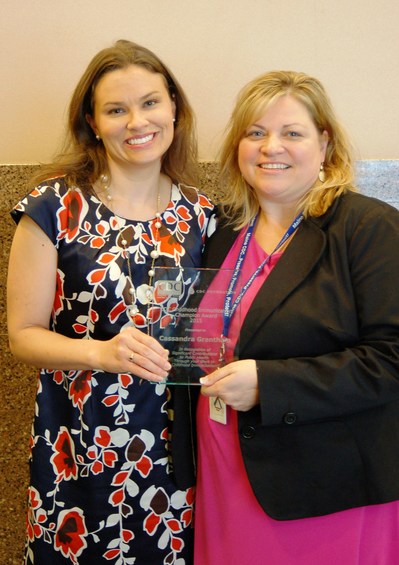Healthy Maine Works (HMW)
is the Maine CDC’s initiative to support and provide employers of all sizes
with tools and resources to develop an evidence-based worksite wellness
program. Many employees spend most of their waking hours at work.
Worksite wellness programs give employers a unique opportunity to support the
health of their employees.
What is Worksite Wellness?
Worksite wellness programs help
to improve the health of employees, leading to a decrease in health-care costs
for employees and their employer. They offer many benefits such as:
- Lower health care costs
- Less absenteeism from work
- Reduced staff turnover
- More productive employees
- Healthier employees
Worksite wellness also offers a
good return on investment. According to the 2010 Harvard study Workplace
Wellness Programs Can Generate Savings, for every dollar that an employer
spends on worksite wellness, an average return of $3.27 will be seen.
How HMW Can Help
HMW can provide the tools to help
any employer create a worksite wellness program or help improve an already
existing program. When you sign up, you can get access to:
- Employee health surveys to determine what health topics
your employees would find interesting
- A newsletter that provides information, ideas and
resources to help create healthier worksites
- Healthy Us Score card – an easy to use online
assessment and planning tool that helps promote healthy living
Employers interested in
developing a worksite wellness program can contact their local Healthy Maine
Partnership by visiting www.healthymainepartnerships.org. They can
help you get your worksite wellness program started today.
To learn more about Healthy Maine
Works, visit www.healthymaineworks.com

